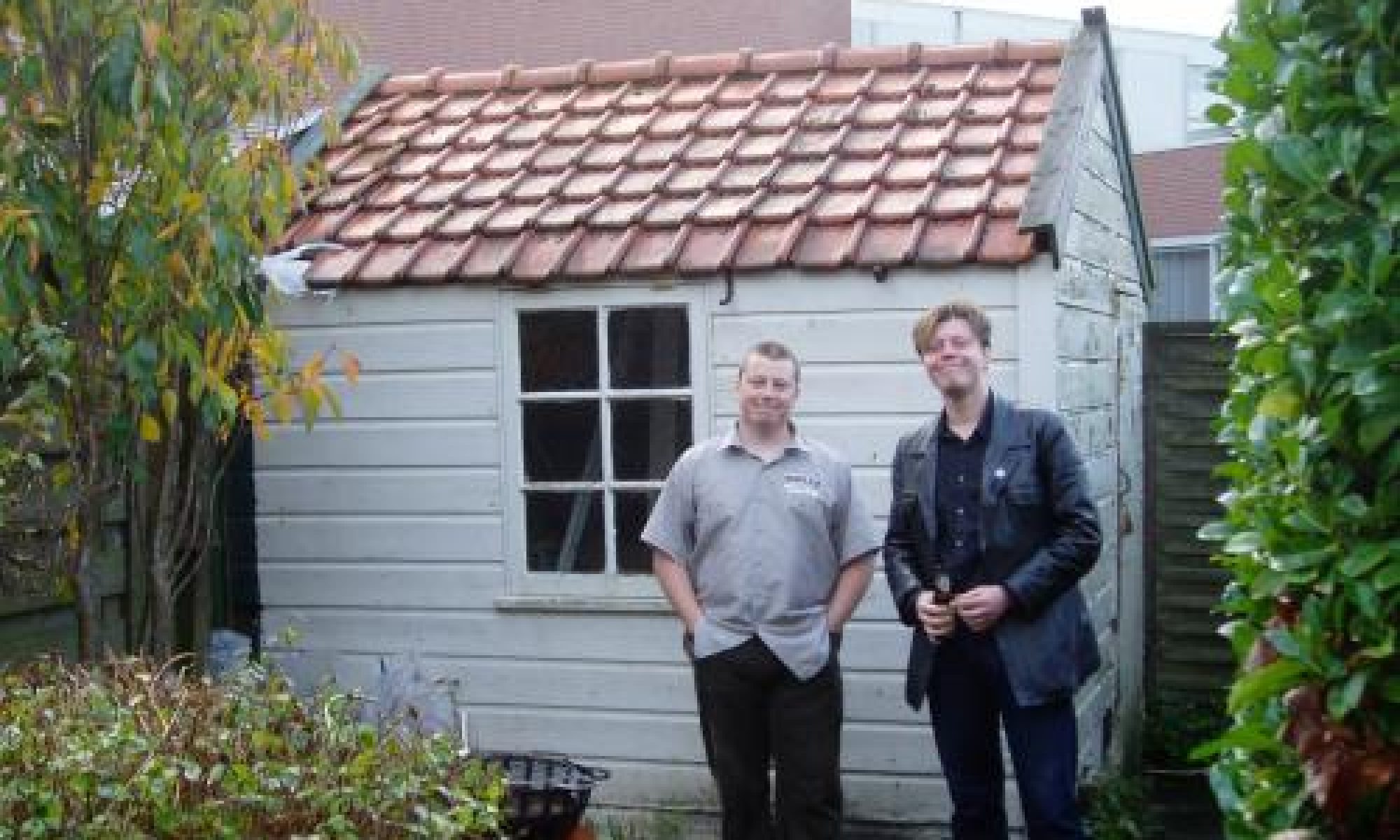“
To be honest, listening to this recording maddens me. Therefore I shan’t describe or try to review any of the bloody music for once as I’ll have a fit and turn purple. Rather, let’s talk about the peripheral stuff for a change, because, just for this once, you can describe a CD by its cover. Condon treats the whole Central/Eastern/Balkan/Russian Europe thang like a huge tray of exotic chocolates, a giant dressing up box in which to indulge his vague, ill-formed fantasies.
”
“
To be honest, listening to this recording maddens me. Therefore I shan’t describe or try to review any of the bloody music for once as I’ll have a fit and turn purple. Rather, let’s talk about the peripheral stuff for a change, because, just for this once, you can describe a CD by its cover. Condon treats the whole Central/Eastern/Balkan/Russian Europe thang like a huge tray of exotic chocolates, a giant dressing up box in which to indulge his vague, ill-formed fantasies.
”

Beirut – Gulag Orkestar
Oh dear oh dear. I believe that in some circles of the beau monde (who really should know better but never ever seem to do) this record is something of a cause celebre. Despite the tracks being recorded in Albuquerque, Gulag Orkestar brings the marvellous Balkan/Eastern European brass sound “in from the cold”. Even more thrillingly, Zach Condon, the handsome young lad who made this record (only 19 years of age so at least some dues should be given) was helped by Hawk & a Hacksaw’s Jeremy Barnes & the Kocani Orkestar.
However good this mix of youth, beauty, indie credibility and Eastern European exoticism sounds on paper, the result, to these ears at any rate is very disappointing indeed. It is one thing to make a record that reflects your interests. It is quite another thing entirely to use your influences and interests to create something that has artistic credibility and veracity. To (misquote) Genesis P. Orridge; it is the artist’s job to create (in whatever medium to hand) authentic content. And there is none on this record. Frankly, if people are satisfied by this vague, patchy and, it has to be said, smug pastiche of Eastern European/Balkan musical heritage then they must be very shallow or naive indeed.
To be honest, listening to this recording maddens me. Therefore I shan’t describe or try to review any of the bloody music for once as I’ll have a fit and turn purple. Rather, let’s talk about the peripheral stuff for a change, because, just for this once, you can describe a CD by its cover. Condon treats the whole Central/Eastern/Balkan/Russian Europe thang like a huge tray of exotic chocolates, a giant dressing up box in which to indulge his vague, ill-formed fantasies.
On the inside cover, Condon wears a Red Army cap (circa 1919-23 Civil war/Polish wars/Balkan wars vintage) and pretends to look cold & moody. Facing this is a shot of some Brent geese, doubtless en route from their summer feeding grounds in Siberia. Elsewhere we have photos of unknown origins, some Russian girls leaning very coyly on a Lada and a shot of what appears to be a monastery, or a church, given the “onion domes”. Excitingly, a plea is sent out in the cover notes to all of us to help trace these photos, as if some massive game of hide and seek is being undertaken.
This upper middle class “let’s play at being glam in an Eastern Europe kinda way” carries on in the song titles. Here they are kids. Starting with the most annoying one; The Gulag Orkestar. I truly hope Mr Condon does not have to suffer the appalling deprivations of a Gulag in his future life. I certainly question the motives (ignorance? idiocy?) of giving the word Gulag (and all the associations of terror, death and cruelty that it carries) some kind of glamorous bohemian feel. Even if there is a noble reason for this choice, then not many people will pick it up as the rack itself is a meandering instrumental that wouldn’t be out of place on the backing music for a bad 1950s musical or film about (guess) Eastern Europe. Oh, sorry, I wasn’t going to talk about the music.
Back to the titles then…
We have a song called Prenzlauerberg (trendy area of old Eastern Berlin, trendier now than Kreuzberg, so there’s the DDR link ticked off), and ones called Brandenburg, Mount Wroclai, Bratislava, The Bunker (I’m guessing that this is about old Adolf’s last abode, though I could be wrong) and After the Curtain (oblique Iron Curtain reference? probably).
Oh God…
More damningly, this massive game of dressing up seems to drown Condon’s muse. He’s not taking it very seriously. The music on this record is vague, sloppy smug and careless. And it angers me because the canon he draws upon contains some of the most sparkling music anywhere, a wondrous jewel of a heritage that deserves a great deal of attention and care to be lavished upon it. Can I suggest something? I’ll give you a list of music to discover Eastern Europe by. Unlike Beirut‘s Gulag Orkestar, you will then hear the real deal. I apologise in advance for not adding the baffling indigenous accents.
Iren Lovasz & Teagrass – Wide is the Danube
Palya Bea – Alom, Alom, Kitalabom
Fanfare Ciocarlia – Baro Brolo
Makam – 9 Colinda
Nejkrasnejsi Maravske Lidove Pisne – Okolo Hradista
And anything by Boban Markovic Orkestar
Ensemble Tirana
Ivo Papasov and his Bulgarian Wedding Band
Ferus Mustafav
There you go, that should keep you busy. Accept no substitutes.
Words: Richard Foster.
www.badabingrecords.com
